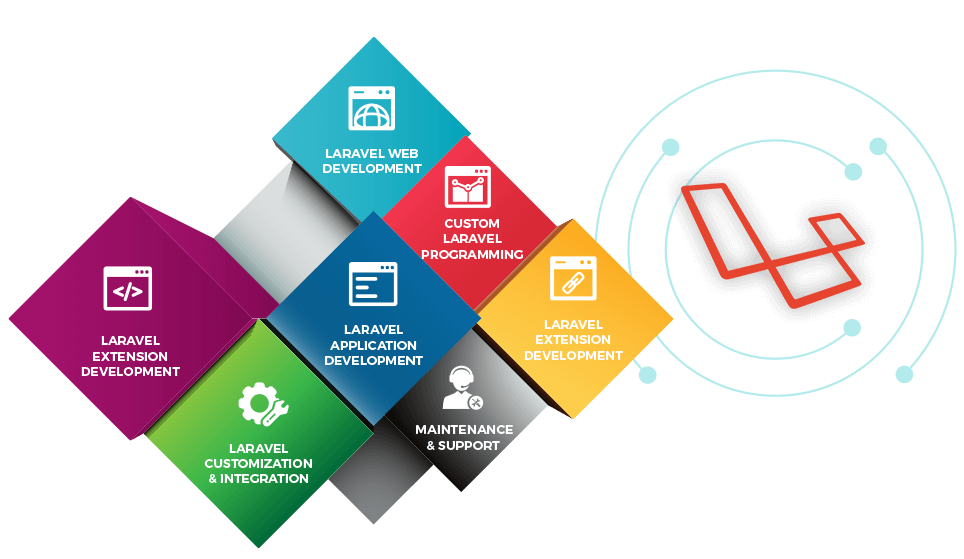
8 Crucial Mistakes To Avoid When Branding Your Real Estate Business
Any real estate company that wants to succeed must have a strong brand. It’s the first thing prospective customers and investors see about you. In a highly competitive market, you can stand out with a powerful and effective brand. But when it comes to branding their companies, a lot of real estate agents make the same blunders. We’ll look at eight major mistakes in this post to help you make sure your property business succeeds in the market and stands out.
Neglecting Your Target Audience
Ignoring to identify and comprehend your target audience is one of the biggest marketing errors in the housing sector. If you don’t know who your ideal customers are, your brand message may end up being uninspired and unrelatable. Perform in-depth market research to ascertain the requirements, tastes, and demographics of your prospective customers in order to prevent this. Make sure that the branding you do speaks directly to your target demographic and speaks to their needs and wants. Keep in mind that your company should represent the goals and preferences of your target market, building a solid rapport that encourages loyalty and trust.
Lack of Consistency Across Platforms
In corporate identity, consistency is essential. All of your marketing channels – from your website and social media accounts to your print materials and signage – must have the same image and message. You might reduce the impact of your business and mislead potential customers with inconsistent branding. To make sure that every element of your identity is consistent and memorable, create unique guidelines that specify how to use your logo, color schemes, fonts, and messaging. Following these recommendations will help you build a trustworthy and dependable reputation that will benefit your brand recognition and clientele.
Overlooking the Power of Storytelling

Storytelling is a great strategy in real estate branding that may help you emotionally connect with your audience. However, a lot of companies neglect to include gripping stories in their plans. Tell tales about your experiences working with happy clients, closing deals, or developing your career in the industry. Telling a story about your endeavor makes it more memorable and relatable. Integrating poignant storytelling into your website content and marketing materials will help you engage your audience. By delivering a compelling tale, you may establish a sincere and enduring connection with your audience that goes beyond business partnerships to build loyalty and trust.
Ignoring Your Unique Selling Proposition (USP)
Your differentiator from the competition is your Unique Selling Proposition (USP). It is the explanation for why customers ought to select your offerings over rivals. A common error made by real estate agents is to either fail to identify their USP or not emphasize it in their branding campaigns. Spend some time figuring out what sets your company apart, be it cutting-edge technology, superior customer service, or local knowledge. Maybe you offer the best apartment rentals. After you’ve identified your USP, give it top priority in your marketing plan. Consistently highlighting your unique selling proposition in your branding endeavors strengthens your competitive edge and demonstrates why customers should pick you.
Neglecting Online Presence and Reputation Management
In the current digital era, having an online presence is essential for property companies. Nonetheless, a few professionals err by failing to adequately manage their online reputation or by ignoring their online presence. Invest in a business website, make it search engine friendly, and keep your social media accounts updated. Furthermore, keep an eye on internet reviews and reply to them right as to show that you value client contentment. Having a solid web presence and a good reputation will greatly enhance your marketing efforts. You may increase your reach and reputation in the digital sphere by continuously fostering your online presence, which is a dynamic part of your brand.
Neglecting Visual Branding Elements

Fundamental components of branding are visual aspects such as typography, color schemes, and logos. However, some real estate agents downplay the significance of effective visual elements. People frequently see your logo first, and the colors you choose might convey a particular mood. Invest in high-quality graphic design to develop a distinctive and eye-catching corporate identity. Make sure all of your visual components complement your company’s overall message and are consistent. You can leave a lasting impression on your audience and project professionalism and dependability with a visually arresting and unified corporate identity.
Ignoring Social Responsibility and Community Engagement
It’s simple to overlook the significance of social responsibility and community involvement by concentrating only on commercial considerations. On the other hand, these elements greatly influence how people perceive your business. Organizations that exhibit a dedication to promoting social causes or giving back to the community are frequently preferred by investors and clients. Think about supporting neighborhood activities, participating in charitable endeavors on a local level, or incorporating eco-friendly and sustainable methods into your endeavors. By showcasing these initiatives in your material, you may improve your reputation and draw in customers who have similar beliefs. By demonstrating your commitment to social responsibility, you enhance the allure and genuineness of your brand while also making a good impact on your community.
Failure to Adapt and Evolve
Just as the housing sector is always changing, so should your branding. A common error made by companies is to continue using antiquated techniques that no longer appeal to their target market. Keep abreast of evolving technology, shifts in consumer behavior, and industry trends. It is imperative to be flexible with your marketing approach in order to stay competitive and current in the dynamic property market. Make sure your branding initiatives are in line with your company’s objectives and the state of the market by regularly reviewing them. You can keep your firm innovative and current while solidifying your place in the cutthroat real estate industry by welcoming change.
Building a significant presence in the housing sector requires effective branding. By staying away from these eight critical errors, you may develop a memorable and appealing identity that draws customers and helps you stand out from the competition. This way, you can create a strong business that endures and encourages success in this cutthroat industry.


























